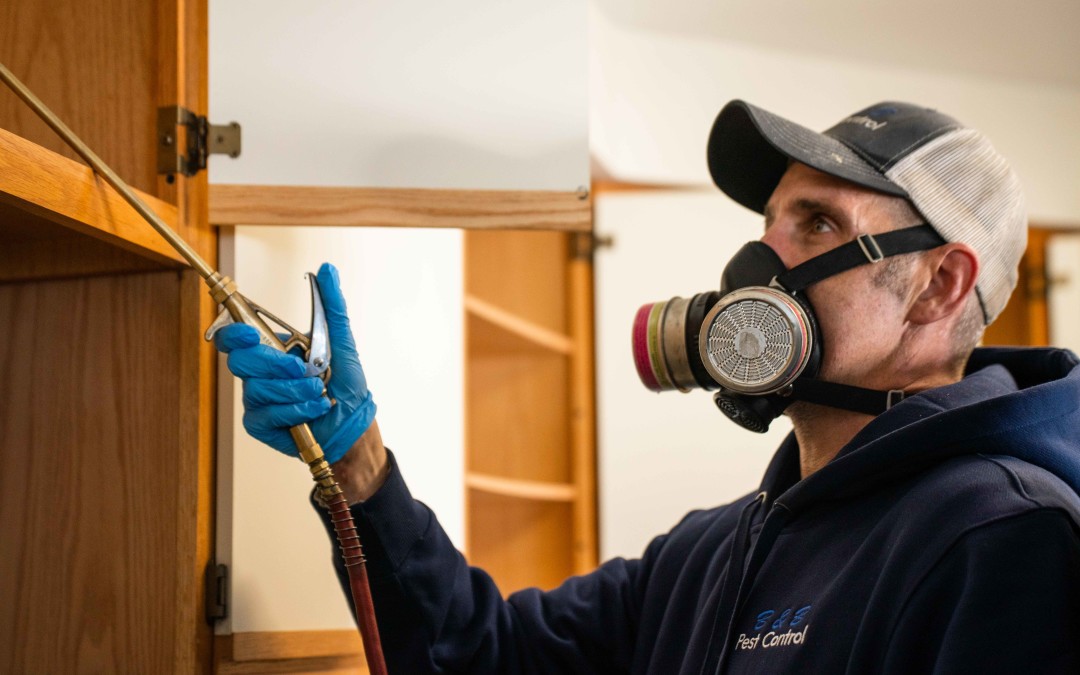Insect pests are well known for using a variety of obscure entry points in order to invade homes, and this is especially common during the fall season in the northeast when falling temperatures prompt insects to overwinter indoors. Some of the most common entry points on the exterior of homes include attic vents, crawl spaces, compromised window screens, and even cracks on solid foundations. Foundation cracks may be the most common of all entry points due to their close proximity to the ground soil where insects are obviously abundant. When the outside climate becomes inhospitable to insects during the fall, or due to heavy rainfall, drought, or excessively high temperatures, insects tend to congregate near a home’s foundation. This is because the shade provided by landscaping shrubs helps protect insects from hot or wet weather, and the heat that radiates from a home during the fall attracts insects seeking warmth. The insect pests that invade homes through foundation cracks are generally ground-dwelling bugs, while flying insects typically invade homes through attic vents and even chimneys.
Surprisingly, many insect pests enter homes through chimneys, and some even infest chimneys while leaving the rest of a home free of their presence. Insect pests that invade homes in the fall for the purpose of overwintering often use the chimney as an entry point. Not long ago, a resident who had been struggling with stink bug issues found thousands in his chimney alone, and another resident was recently told by extension experts that the beetles coming from her chimney every spring were most likely elm leaf beetles. Cockroaches have been known to invade homes through chimneys where they hide during daylight hours, and wasps sometimes construct nests in chimneys. In the northeast it is common for filth flies to infest chimneys. This is particularly common in chimneys that contain a dead animal. When insect pests infest a chimney, inspecting the chimney for dead animals is the first method of control. When insects enter a home through a chimney, a wire mesh cover or another barrier product can be placed in front of the fireplace until a pest control professional can conduct a treatment.
Have you ever found an abundance of insect pests in your chimney?

